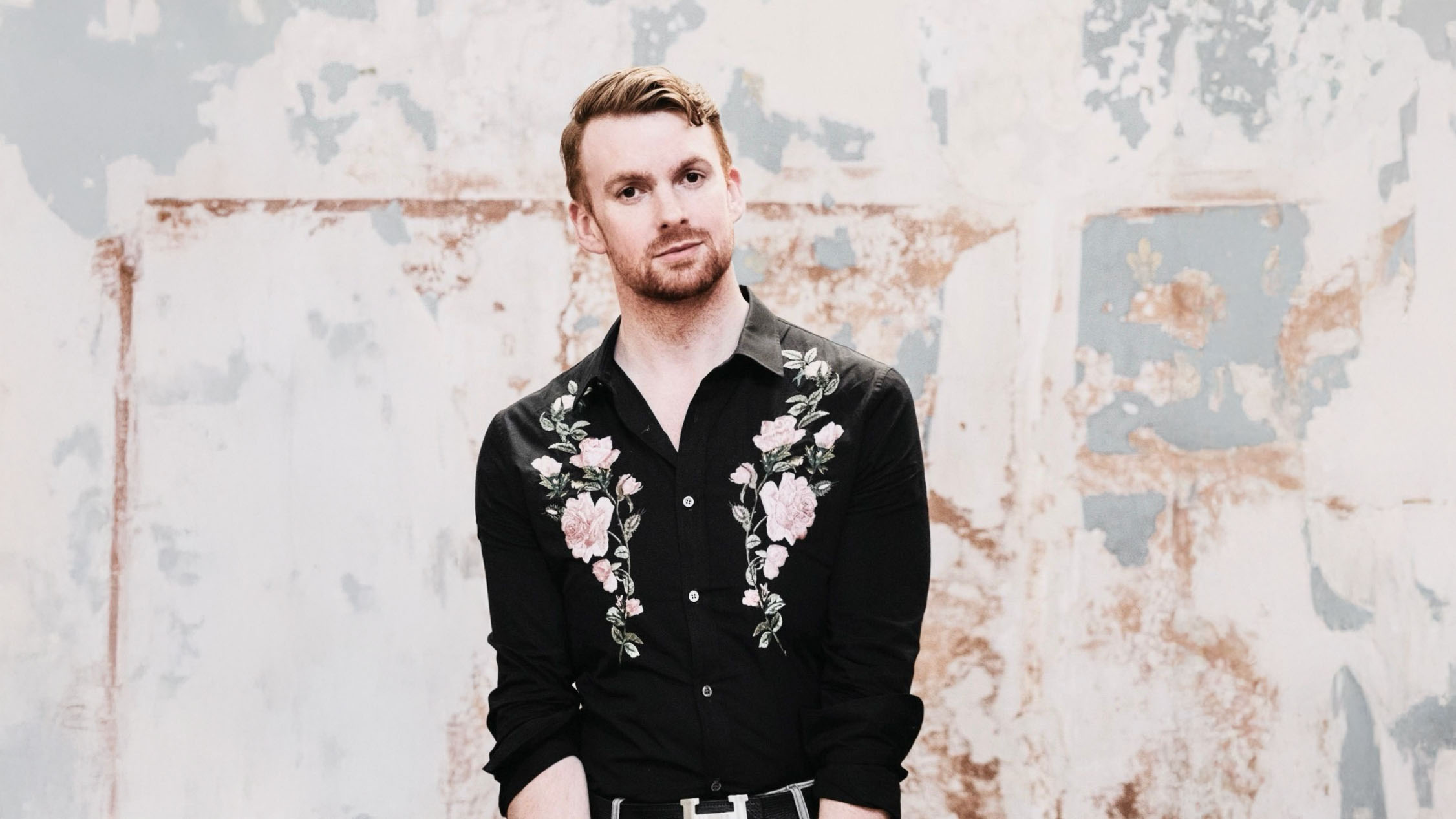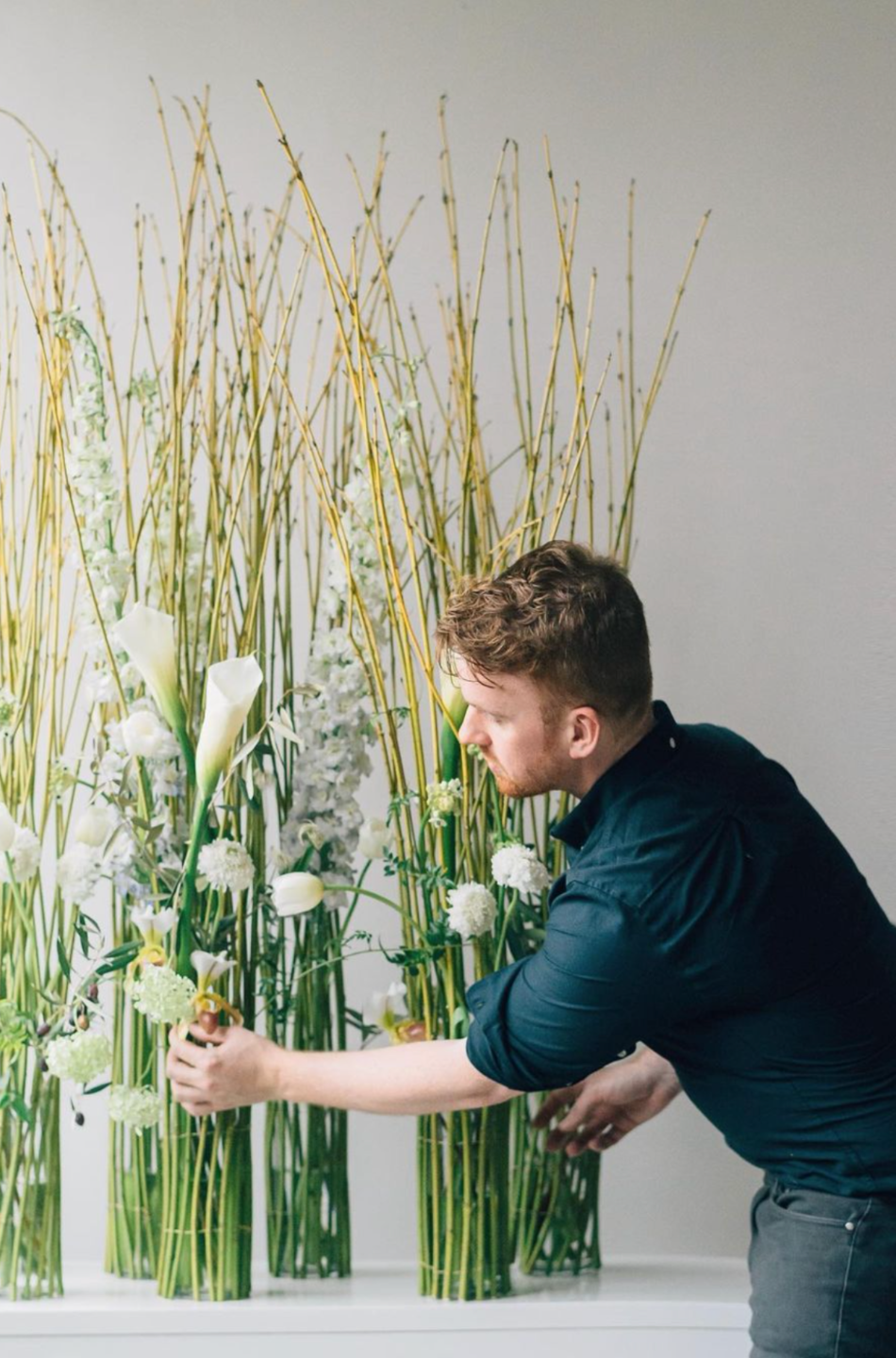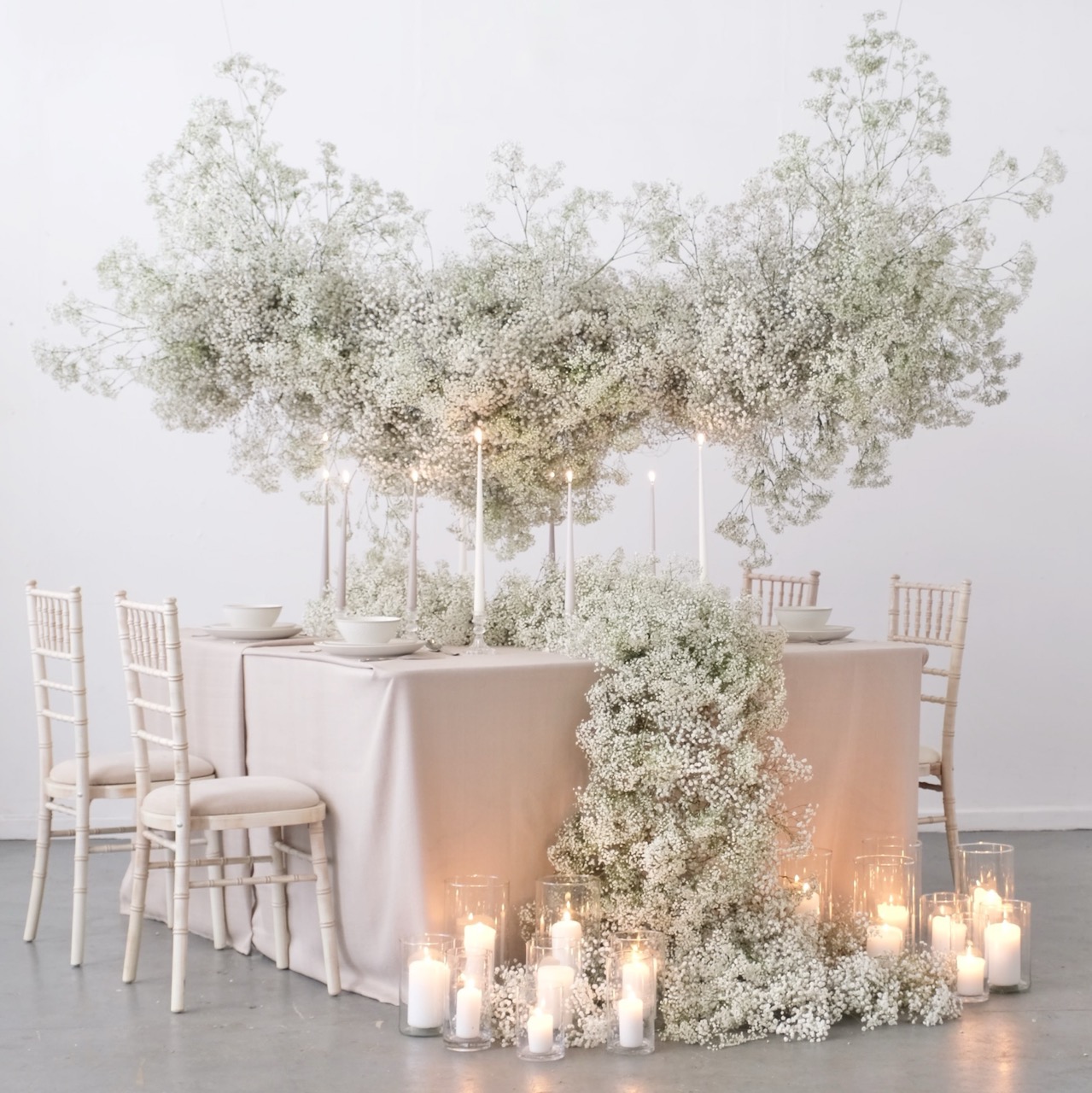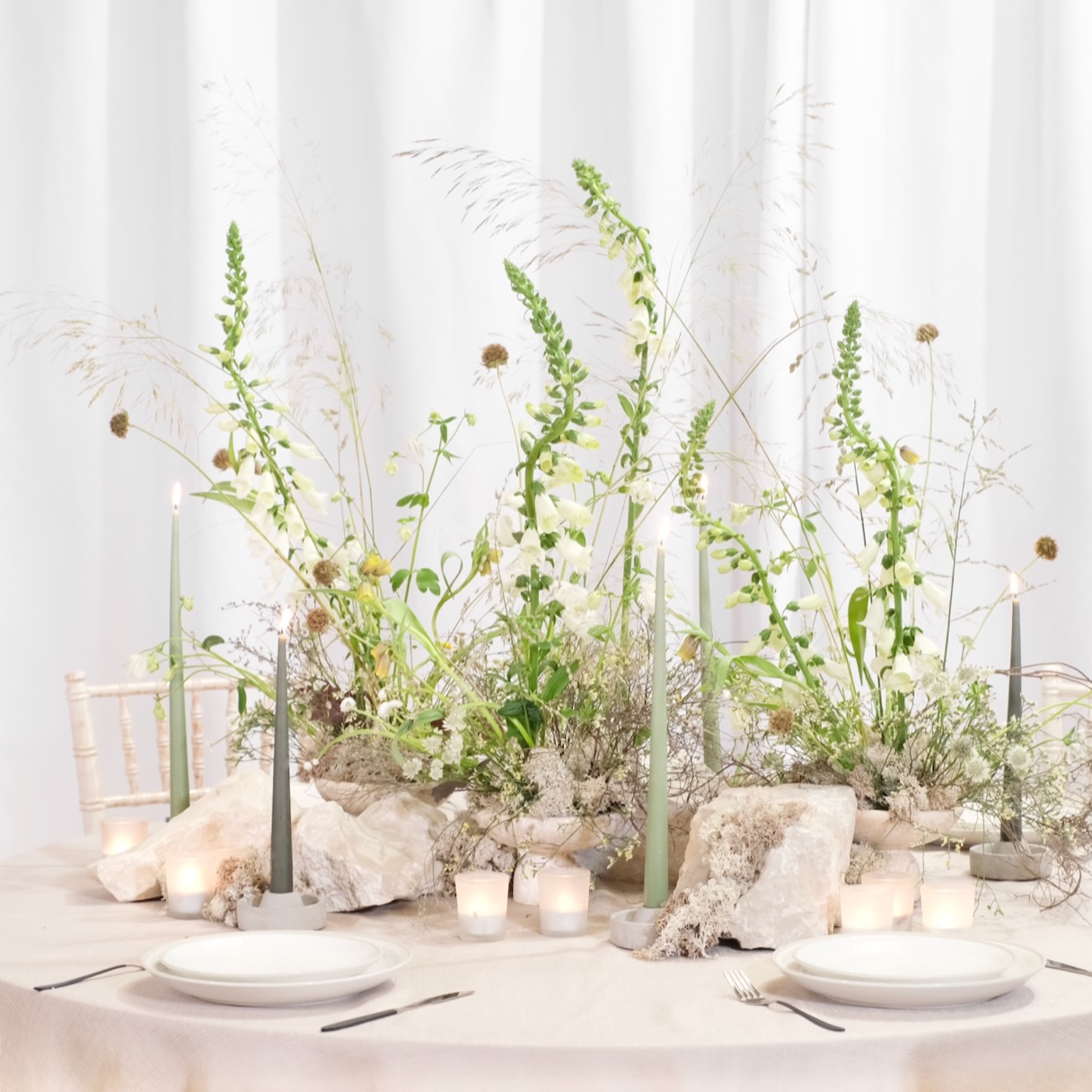The Journal
Sharing what moves and inspires us.

Inspiration
Phoam Labs Sponsors Joseph Massie at the World Cup
August 15, 2025
by
Phoam Labs

As anyone on a startup journey knows, turning an idea into reality takes grit, patience, and plenty of determination. Despite some delays along the way in bringing Phoam to market, we’re moving forward with steady progress.
One of the most rewarding parts of this journey has been connecting with so many flower lovers from around the world—those who have either tested Phoam, shown interest in using it, or simply cheered us on from the sidelines.
Among those we've been delighted to get to know is Joseph Massie—Manchester-based florist, author, educator, designer, podcaster, and entrepreneur. Adding yet another string to his bow, Joseph is also the UK’s representative for the World Cup of Floral Art, taking place in The Hague August 28th - 31st
Joseph has built a loyal and dedicated following on social media through his distinctive approach to design and deep love for nature. His beautiful aesthetic draws you in—scrolling longer than intended—as you move through the seasons of his thoughtfully captured work. His creative process is fuelled by what he calls “honest curiosity,” which is what first brought us together. Joseph worked with an early prototype of Phoam and offered valuable feedback as we refined the product. At the heart of Joseph’s brand is his school—both in-person and online—where sharing his knowledge and inspiring the next generation of florists is a central motivation.
Phoam Labs is proud to be sponsoring Joseph for the World Cup of Floral Art, cheering him on as he represents the UK at The Hague, where top designers from around the world and a global community of flower lovers will gather for a celebration centred around design with flowers. We caught up with Joseph to learn more about his journey with flowers and how he’s preparing for the incredible honour of representing the UK at the World Cup of Floral Art.
Can you share a little bit about your journey into floristry? What first drew you to flowers?
My floristic journey started purely by chance. I never had any intention of becoming a florist. There was no long-held childhood dream, no growing up amongst wild flower meadows, and no burning desire to work with flowers—it just so happened that floristry was my very first Saturday job.
When I was 13, in the northern town where I grew up—Huyton, just east of Liverpool—I approached every single shop and asked if they would hire me. And of course, and quite rightly, everyone said no, because I was 13 years old.
I returned the following summer to try again, and once again I approached all the local businesses. The only shop that took a chance on me was the local flower shop, and I started working there for the grand fee of £2.50 an hour. My entire career happened purely by chance.
On Saturday mornings I scrubbed buckets clean, processed flowers, mopped the floor—all of it. It was simple, entry-level work, but strangely satisfying. About six months in, I was conditioning flowers one day and thought, you know, I’d be really happy if this became my job. I simply enjoyed it. By then I’d started to learn how to arrange bouquets and do a little bit of floristry, and I just thought, this is really cool—I really like it. And it went from there. I consider myself very lucky—very lucky indeed.

What inspires your creative approach to floral design, and how has your style evolved?
Early in my career, when I was doing a lot of floral design competitions—exhibiting at the Chelsea Flower Show and that kind of thing—I don’t think I really knew my own style at all.
At that early stage of my career, I was training, studying, and learning as much as I could. I was exploring different techniques, absorbing international influences, and taking classes with brilliant designers—which was all incredibly wonderful—but I hadn’t discovered a style that felt like mine. I was still developing.
It was only when I got to my mid-twenties and sat down to start my business that I really began to explore and invest in my own personal style.
If I had to describe it, I’d say my style is contemporary in nature. I find my work is very much led by seasonal materials. I love using the best quality flowers I can get—and often that means seasonally grown, locally grown flowers. I like things that feel alive and exuberant, but also poetic. Sometimes I like things to be a little unusual too, a little unexpected.
There’s a touch of luxury in there, certainly, but I don’t think it’s necessarily gauche—I consider it more an intense desire to maximise pleasure.
What key lessons have shaped you as a florist and educator?
I draw most often from my own experience as a student and as a competitor.
When I was competing early on in my career, I remember how badly I wanted to be a good florist. I poured hours and hours into practice—so much time, energy, and money went into it.
Now when I’m teaching—whether that’s in a class, an online seminar, a demonstration, or an installation—I always try to put myself back in those early shoes. What would I have wanted to learn? What would have moved the needle for me most at that age?
I always share from my own experience. I think that’s where the best lessons come from. If you speak from what you know, from what you’ve lived, from what’s been true for you, I don’t think you can go too far wrong.

What do you enjoy most about teaching?
I enjoy the sharing of possibilities. I don’t often teach beginner classes, like our Floristry Taster or Foundation Courses, but when I do—and when I get to teach our Career Course especially—I absolutely love it.
I love sharing knowledge. I love seeing the gears begin to turn, those lightbulb moments where people realise what’s possible for them, what their future could look like. That’s what really lights me up. I love sharing ways to make things easier, or better. I enjoy all of it, honestly, every part of it. If I didn’t enjoy it, I wouldn’t do it.
It’s an exciting time to work with flowers. What advice would you give to aspiring florists entering the industry today?
This really is the most exciting time to be a florist. The industry has changed and developed so much in the last few years—I feel it’s grown in a way it just didn’t when I was a student.
I would advise anyone thinking about starting in floristry to explore as much as you can. Take every opportunity. Attend as many classes as you can, especially with tutors and designers you admire. Volunteer. Try different experiences. Try new things, explore all of the different aspects of floristry before you choose a direction. Try a bit of retail, try weddings, try events. Freelance a little too.
There’s such a big, deep floral world out there. Don’t limit yourself before you’ve had the chance to see what’s really possible.

Competing at the World Cup of Floral Art and representing the UK is a huge honour. How are you preparing for the challenge?
It’s kind of an incredible opportunity, I’m not going to lie. It feels very exciting—but there’s no doubt there is a huge amount of preparation involved.
We’re still a few months away, but we’ve been working on it for the best part of a year, following my win of the British Florist Association’s Florist of the Year competition in September 2024. There’s been a lot of study, sketching, building the right team, meetings, collaboration—endless collaboration.
Speaking honestly it’s a bigger challenge than I thought it would be, and there’s more work than I expected—but I’m loving every minute of it.
Right now, it’s all about groundwork, development, sketching, discussions, and lots and lots of practice. Hopefully, it will all come good in the end.
How do you stay focused and creative under high-pressure conditions?
I’d say it comes down to experience—which I know sounds like the most boring answer I could possibly think of, but it’s true. I did so many floral design competitions when I was younger. Local, national, international—from RHS Chelsea to Eurofleurs to WorldSkills. So I’ve had a fair bit of practice, a fair bit of exposure to designing under demanding circumstances.
It’s never something you feel completely at ease with—I wouldn’t say I’m a natural at it—I don’t believe anyone is—but the more you expose yourself to performing under extraordinary circumstances, the more comfortable you become under pressure.
I’m quite good at blocking out what I don’t need to focus on and really zoning in on what I do. That ability to hyper-focus helps a lot.
Sustainability in floristry is becoming increasingly important. How do you incorporate it into your work?
I think sustainability is fundamental. It shouldn’t be an optional extra—it should be part of how we work, and certainly how we teach. As a studio, we don’t use traditional floral foam, and haven’t for years.
We use alternative methods and mechanics that embrace innovation and look to the future. That’s what we teach our students too, whatever course they’re on. It’s part of the bedrock of how we approach floristry.
How have you enjoyed working with Phoam, and how might you incorporate it into your work as a florist and teacher?
I’ve really enjoyed working with Phoam. It’s genuinely incredibly exciting to see an innovative new product come onto the market that feels so innovative, and so far removed from traditional floral foams, and with so many possibilities.
It’s been exciting to witness the development of Phoam over the past few years, and it’s been hugely exciting to work with it too; I can’t wait to see it out there in the wider world.
I think it has phenomenal potential for revolution—both in my own practice, and in the wider industry.
Wishing Joseph the very best of luck as he represents the UK on the global stage — we’ll be cheering him on every step of the way.
Discover more at josephmassie.com
Learn more about the competition at the World Cup of Floral Art.

Also in
Inspiration
Celebrating Sustainability: Strawberry Hill Flower Festival
By
Phoam Labs
Learn more
